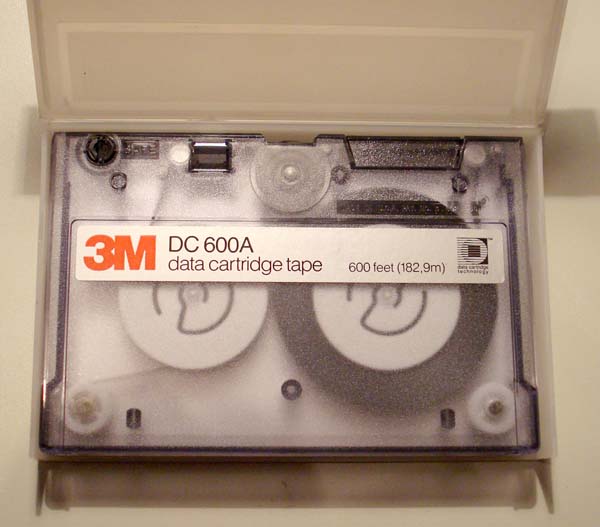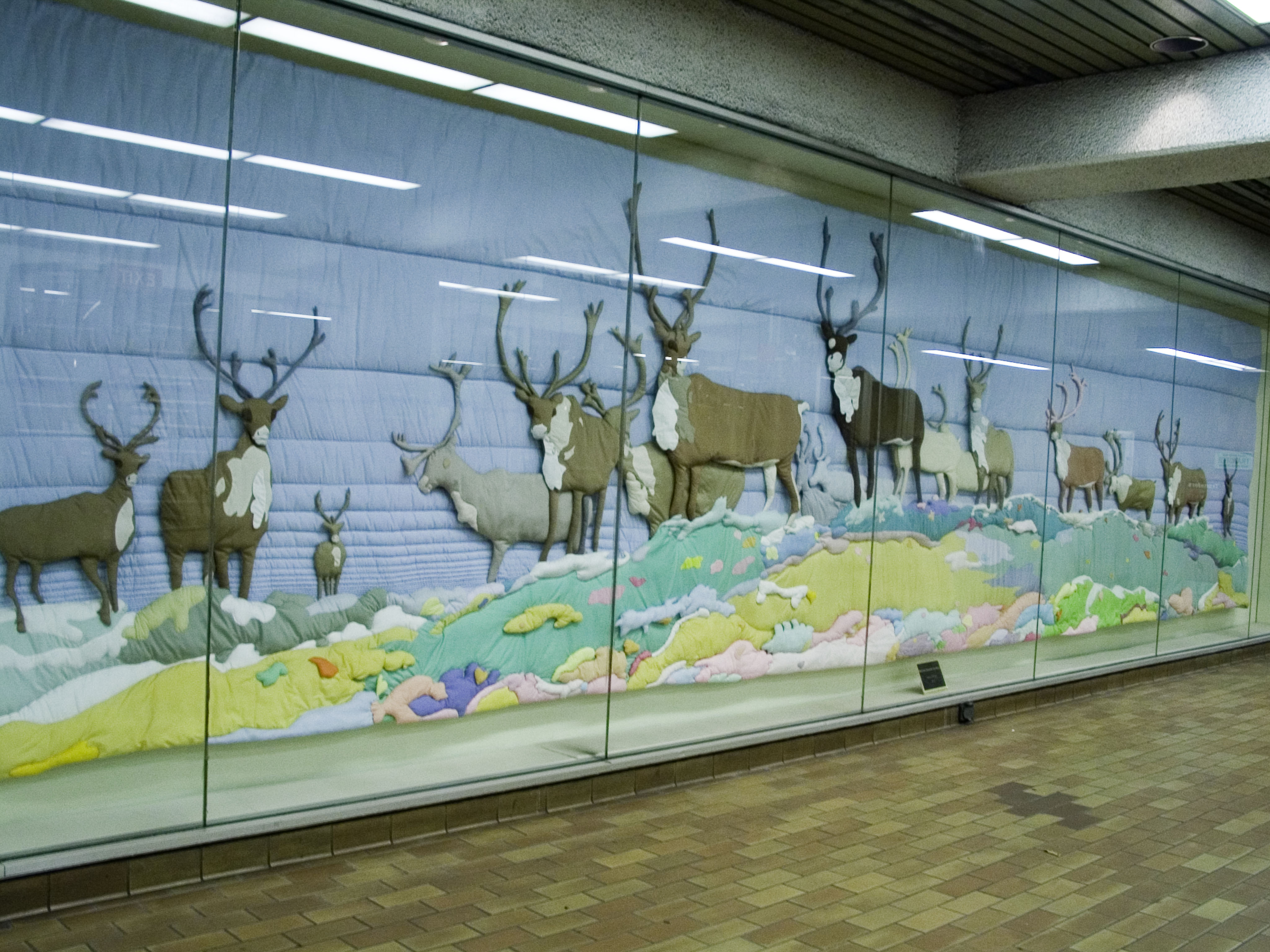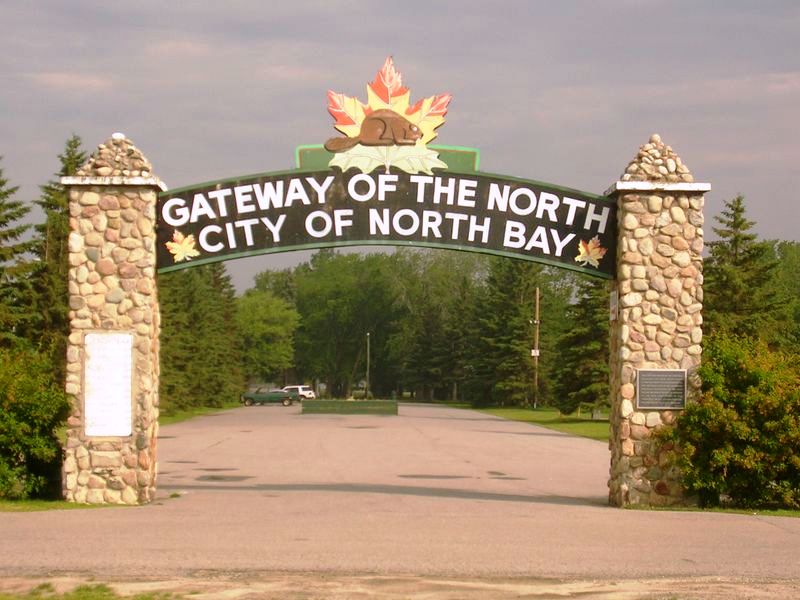|
La Région Centrale
''La Région Centrale'' is a 1971 experimental Canadian film directed by Michael Snow. The film is 180 minutes long and shot over a period of 24 hours using a robotic arm, and consists entirely of preprogrammed movements. Description ''La Région Centrale'' is three hours long, composed of seventeen shots of an uninhabited mountainous landscape. Between each take, the screen is black with a white X in the center. In the beginning, the camera moves to capture its surroundings with slow, continuous gestures. Over the course of the film, the movement crescendos as the camera spins rapidly. Development Snow had the idea in 1964 to create a film where a camera moved "in every direction and on every plane of a sphere". During the late 1960s he created three films that experimented with camera movement: '' Wavelength'', ''Standard Time'', and '' ''. He researched machines that could automatically move a camera in complex ways, particularly surveillance devices. The Canadian Film Deve ... [...More Info...] [...Related Items...] OR: [Wikipedia] [Google] [Baidu] |
Michael Snow
Michael Snow (born December 10, 1928) is a Canadian artist working in a range of media including film, installation, sculpture, photography, and music. His best-known films are ''Wavelength'' (1967) and '' La Région Centrale'' (1971), with the former regarded as a milestone in avant-garde cinema. Life Michael Snow was born in Toronto and studied at Upper Canada College and the Ontario College of Art. He had his first solo exhibition in 1957. In the early 1960s Snow moved to New York with his wife, artist Joyce Wieland, where they remained for nearly a decade. For Snow this move resulted in a proliferation of creative ideas and connections and his work increasingly gained recognition. He returned to Canada in the early 1970s "an established figure, multiply defined as a visual artist, a filmmaker, and a musician." His work has appeared at exhibitions across Europe, North America and South America. Snows' works were included in the shows marking the reopening of both the Centre ... [...More Info...] [...Related Items...] OR: [Wikipedia] [Google] [Baidu] |
Chicoutimi
Chicoutimi () is the most populous borough (arrondissement) of the city of Saguenay in Quebec, Canada. It is situated at the confluence of the Saguenay and Chicoutimi rivers. During the 20th century, it became the main administrative and commercial centre of the Saguenay–Lac-Saint-Jean region. In 2002 it merged into the new city of Saguenay and forms the heart of the 5th-largest urban area of the province of Quebec. At the 2021 census, its population was 69,004. History What was ultimately to become the centre of the borough of Chicoutimi was first settled by French colonists in 1676 as a trading post in the fur trade. At that time, the Saguenay and the Chicoutimi rivers had been used as waterways by the Montagnais tribes for centuries. The name ''Chicoutimi'' means ''the end of the deep water'' in the Innu language. After the British seized Lower Canada, the Chicoutimi trading post continued to operate only until 1782, as the fur trade had moved further west of the ... [...More Info...] [...Related Items...] OR: [Wikipedia] [Google] [Baidu] |
CCTV Camera
A closed-circuit television camera can produce images or recordings for surveillance or other private purposes. Cameras can be either video cameras, or digital stills cameras. Walter Bruch was the inventor of the CCTV camera. The main purpose of a CCTV camera is to capture light and convert it into a video signal. Underpinning a CCTV camera is a CCD sensor (charge-coupled device). The CCD converts light into an electrical signal and then signal processing converts this electrical signal into a video signal that can be recorded or displayed on the screen. Video cameras Video cameras are either analogue or digital, which means that they work on the basis of sending analogue or digital signals to a storage device such as a video tape recorder or desktop computer or laptop computer. Analogue These cameras can record straight to a video tape recorder which can record analogue signals as pictures. If the analogue signals are recorded to tape, then the tape must run at a very slo ... [...More Info...] [...Related Items...] OR: [Wikipedia] [Google] [Baidu] |
National Gallery Of Canada
The National Gallery of Canada (french: Musée des beaux-arts du Canada), located in the capital city of Ottawa, Ontario, is Canada's national art museum. The museum's building takes up , with of space used for exhibiting art. It is one of the largest art museums in North America by exhibition space. The institution was established in 1880 at the Second Supreme Court of Canada building, and moved to the Victoria Memorial Museum building in 1911. In 1913, the Government of Canada passed the ''National Gallery Act'', formally outlining the institution's mandate as a national art museum. The museum was moved to the Lorne building in 1960. In 1988, the museum was relocated to a new building designed for this purpose. The National Gallery of Canada is situated in a glass and granite building on Sussex Drive, with a notable view of the Canadian Parliament buildings on Parliament Hill. The building was designed by Israeli architect Moshe Safdie and opened in 1988. [...More Info...] [...Related Items...] OR: [Wikipedia] [Google] [Baidu] |
Dubbing (filmmaking)
Dubbing (re-recording and mixing) is a post-production process used in filmmaking and video production, often in concert with sound design, in which additional or supplementary recordings are lip-synced and "mixed" with original production sound to create the finished soundtrack. The process usually takes place on a dub stage. After sound editors edit and prepare all the necessary tracks—dialogue, automated dialogue replacement (ADR), effects, Foley, and music—the dubbing mixers proceed to balance all of the elements and record the finished soundtrack. Dubbing is sometimes confused with ADR, also known as "additional dialogue replacement", "automated dialogue recording" and "looping", in which the original actors re-record and synchronize audio segments. Outside the film industry, the term "dubbing" commonly refers to the replacement of the actor's voices with those of different performers speaking another language, which is called "revoicing" in the film industry. The te ... [...More Info...] [...Related Items...] OR: [Wikipedia] [Google] [Baidu] |
Quarter-inch Cartridge
Quarter inch cartridge tape (abbreviated QIC, commonly pronounced "quick") is a magnetic tape data storage format introduced by 3M in 1972, with derivatives still in use as of 2016. QIC comes in a rugged enclosed package of aluminum and plastic that holds two tape reels driven by a single belt in direct contact with the tape. The tape was originally wide and anywhere from long. Data is written linearly along the length of the tape in one track (mostly on pre-1980 equipment), or written "serpentine", one track at a time, the drive reversing direction at the end of the tape, and each track's data written in the opposite direction to its neighbor. Since its introduction, it has been widely used, and many variations exist. There is a QIC trade association that publishes QIC standards which include interfaces and logical formats. To a very large extent it was the efficiency and openness of this organization which encouraged hardware and software developers to use this type of drive an ... [...More Info...] [...Related Items...] OR: [Wikipedia] [Google] [Baidu] |
Revox
ReVox (on-logo styling REVOX) is a brand name, registered by Studer on 27 March 1951 for Swiss audio equipment. History The first Studer-designed tape recorders were branded Dynavox. After the first production series of Dynavox recorders, a new marketing company was formed in 1950 called ELA AG. Revox was adopted as the brand name for amateur recorders, while the professional machines retained the Studer name. The first Revox-branded tape recorder was the T26, in 1952, successor to the Dynavox 100. The T26 was also made available as a radio-recorder combination unit. 2500 T26 recorders were made, priced at 1395.00 Swiss francs. The A36, the first 36 series recorder. became available in 1954. Unusual features for the time were pushbutton solenoid transport operations and a direct-drive capstan with no belts or idler wheels. The B36 of 1956 was the first 3-head model, the D36 of 1960 was the first stereo model. The company moved to Löffingen, West Germany, in 1966, due to lab ... [...More Info...] [...Related Items...] OR: [Wikipedia] [Google] [Baidu] |
Nova Scotia College Of Art And Design
NSCAD University, also known as the Nova Scotia College of Art and Design or NSCAD, is a public art university in Halifax, Nova Scotia, Canada. The university is a co-educational institution that offers bachelor's and master's degrees. The university also provides continuing education services through its School of Extended Studies. The institution was founded by Anna Leonowens in 1887 as the Victoria School of Art and Design. The school was later renamed the Nova Scotia College of Art in 1925. In 1969, the institution was renamed the ''Nova Scotia College of Art and Design'' and began to offer undergraduate degrees, becoming the first degree-granting art school in the country. The institution adopted its current name in 2003. History 19th century The university opened in the Union Building in 1887. It was founded by Anna Leonowens (of '' Anna and the King of Siam'' fame). It was originally called the Victoria School of Art and Design to commemorate Queen Victoria's Golde ... [...More Info...] [...Related Items...] OR: [Wikipedia] [Google] [Baidu] |
Joyce Wieland
Joyce Wieland (June 30, 1930 – June 27, 1998) was a Canadian experimental filmmaker and mixed media artist. Wieland found success as a painter when she began her career in Toronto in the 1950s. In 1962, Wieland moved to New York City and expanded her career as an artist by including new materials and mixed media work. During that time, she also rose to prominence as an experimental filmmaker and soon, institutions such as the Museum of Modern Art in New York were showing her films. In 1971, Wieland's ''True Patriot Love'' exhibition was the first solo exhibition by a living Canadian female artist at the National Gallery of Canada. In 1982, Wieland received the honour of an Officer of the Order of Canada and in 1987, she was awarded the Toronto Arts Foundation's Visual Arts Award. She was also a member of the Royal Canadian Academy of Arts. Biography Early life and education Wieland was born on June 30, 1930 in Toronto, Ontario, Canada to British immigrant parents. She was ... [...More Info...] [...Related Items...] OR: [Wikipedia] [Google] [Baidu] |
Sept-Îles, Quebec
Sept-Îles (Quebec French pronunciation : , French for "Seven Islands") is a city in the Côte-Nord region of eastern Quebec. It is among the northernmost locales with a paved connection to the rest of Quebec's road network. The population was 25,686 as of the 2011 Canadian census. The town is called Uashat, meaning "bay" in Innu-aimun. The city is well known for having major iron companies like Iron Ore Company of Canada and the Cleveland-Cliffs mining company. The city relies heavily on the iron industry. Sept-Îles has among the highest average wages and the highest average wage increases. The only settlements on the paved road network that are farther north are Fermont, Radisson and Chisasibi, the latter two of which are in the extreme western part of the province at the north end of the James Bay Road. The only other settlements at higher latitudes in the province are mostly isolated Cree, Innu, or Inuit villages, with access limited to seasonal gravel roads. Sept-Îl ... [...More Info...] [...Related Items...] OR: [Wikipedia] [Google] [Baidu] |
Quebec
Quebec ( ; )According to the Canadian government, ''Québec'' (with the acute accent) is the official name in Canadian French and ''Quebec'' (without the accent) is the province's official name in Canadian English is one of the thirteen provinces and territories of Canada. It is the largest province by area and the second-largest by population. Much of the population lives in urban areas along the St. Lawrence River, between the most populous city, Montreal, and the provincial capital, Quebec City. Quebec is the home of the Québécois nation. Located in Central Canada, the province shares land borders with Ontario to the west, Newfoundland and Labrador to the northeast, New Brunswick to the southeast, and a coastal border with Nunavut; in the south it borders Maine, New Hampshire, Vermont, and New York in the United States. Between 1534 and 1763, Quebec was called ''Canada'' and was the most developed colony in New France. Following the Seven Years' War, Quebec b ... [...More Info...] [...Related Items...] OR: [Wikipedia] [Google] [Baidu] |
Northern Ontario
Northern Ontario is a primary geographic and quasi-administrative region of the Canadian province of Ontario, the other primary region being Southern Ontario. Most of the core geographic region is located on part of the Superior Geological Province of the Canadian Shield, a vast rocky plateau located mainly north of Lake Huron (including Georgian Bay), the French River, Lake Nipissing, and the Mattawa River. The statistical region extends south of the Mattawa River to include all of the District of Nipissing. The southern section of this district lies on part of the Grenville Geological Province of the Shield which occupies the transitional area between Northern and Southern Ontario. The extended federal and provincial quasi-administrative regions of Northern Ontario have their own boundaries even further south in the transitional area that vary according to their respective government policies and requirements. Ontario government departments and agencies such as the Growth Pl ... [...More Info...] [...Related Items...] OR: [Wikipedia] [Google] [Baidu] |





.jpg)




